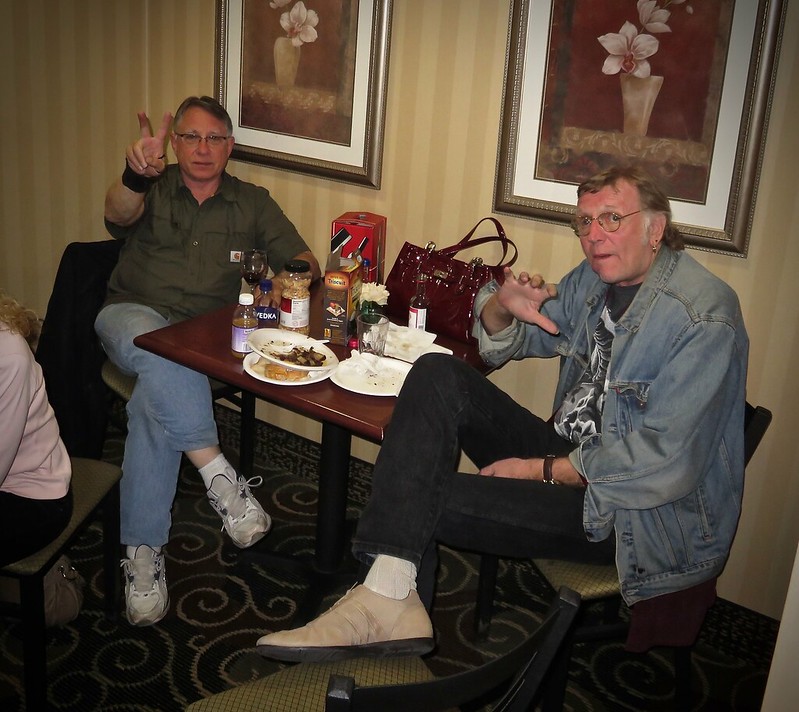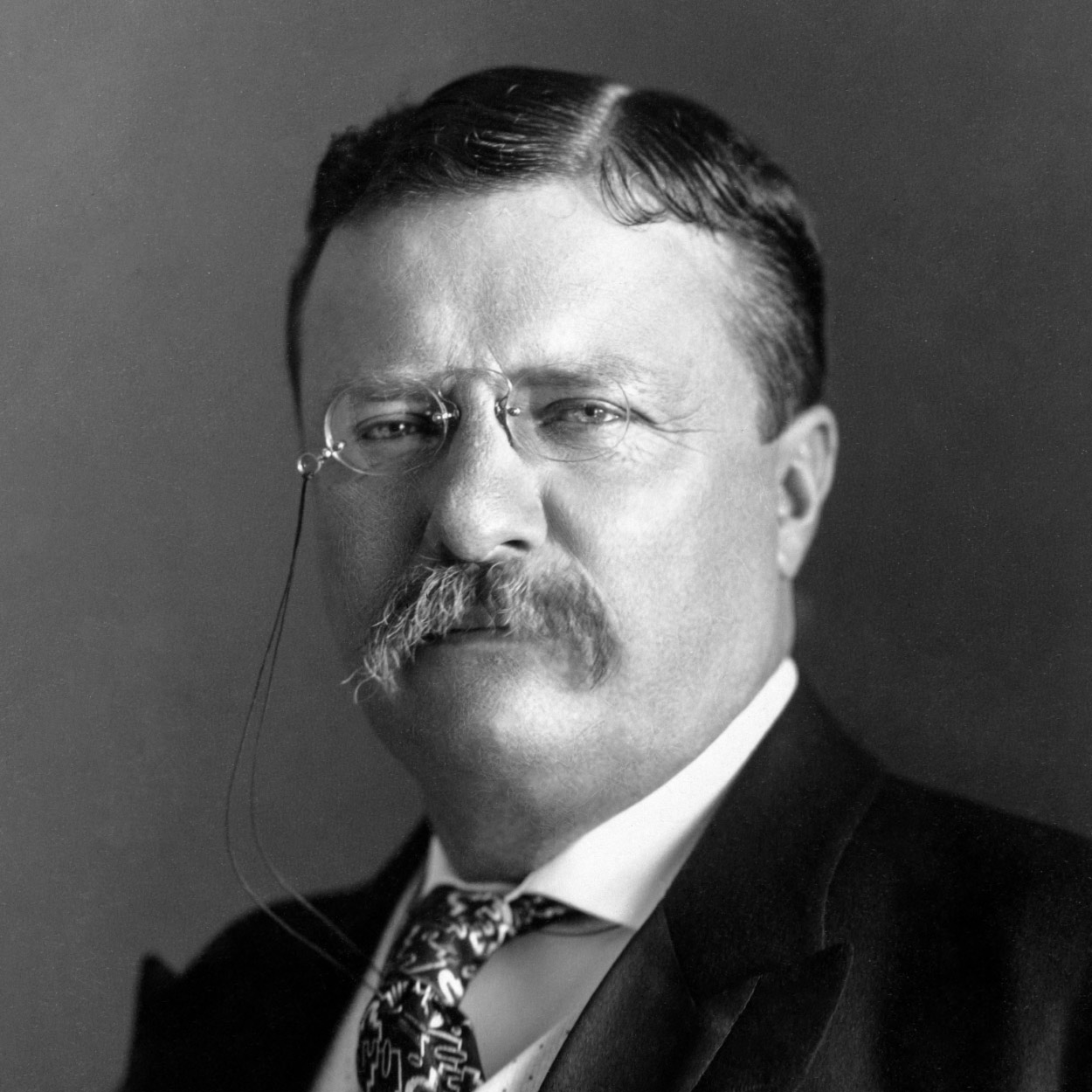Post by billhammond on Jul 17, 2022 16:16:47 GMT -5
By: Rick Edmonds, for the Poynter Institute
June 29, 2022
The fifth edition of Penny Abernathy’s report on local news in the United States, released Wednesday, finds that 360 more newspapers, almost all of them weeklies, have closed since 2019.
That is on top of the 2,500 closures since 2004 she documented in earlier reports. The result is even more “news deserts” in poorer and rural communities and a growing split between haves and have-nots in access to local news.
This report, The State of Local News 2022, in collaboration with the Medill School of Journalism at Northwestern University, painstakingly assembles a fact base on the local news landscape. But it also ranges more widely into an analysis of what it deems “a crisis for our democracy and our society” and an exploration of promising solutions.
Among the headline findings:
Of the 100 largest dailies by print circulation, 40 no longer publish seven days a week in print. (Among those Poynter’s Tampa Bay Times.)
Very few daily newspapers of any size have gone out of business, and the four biggest of those were in two-newspaper towns. However, financial pressure and chain and hedge fund ownership have hollowed out staffing. Many of the nation’s 1,230 dailies are so slight they could be called “ghost newspapers.” The total number of journalists working at local newspaper organizations is estimated to have fallen by roughly 60% since 2005 to 31,400.
Newspaper closures since 2004 average out to two a week. The Hendersonville Times-News and Editor and Publisher reported Monday that the weekly in Mt. Olive, North Carolina, near Raleigh has been shuttered.
While Alden Global Capital and Gannett draw detailed national coverage, Abernathy sees a “rise of regional media barons”—– lesser-known chains like Ogden, Adams, Paxton and CherryRoad — with 50 to 142 titles. They are now the main buyers for weeklies that go on the market.
The digital-only sector, both nonprofit and for-profit, is varied and growing quickly. However, with 545 digital-only state and local sites, most of them employing six or fewer journalists, the footprint of the new organizations does not yet come close to covering legacy journalism jobs lost.
Philanthropists, entrepreneurs and policymakers need to double down on rethinking ways of getting local news to those who are underserved. “Without the development of new commercial models — as well as increased nonprofit and public funding,” the report concludes, “the nation faces the prospect of local news being available only in affluent and growing communities, where residents can afford to pay for it.”
Medill and Abernathy promise four additional reports covering these topics in more detail over the next two months.
I spoke by phone with Abernathy, a visiting professor, and Tim Franklin, senior associate dean at Medill (and my former boss when he was Poynter’s president), about the newer aspects and implications of the work.
Despite the barrage of negatives, both retain a degree of optimism that local news will pull through.
Franklin directs the Medill Local News Initiative. It has three major programs in addition to sponsoring the report, which Abernathy had previously produced for the University of North Carolina: a study of emerging business models, a free statistical tool used by 104 outlets for tracking and retaining potential digital subscribers, and a media lab collaborative for the Chicago area, where the public radio station has merged with the Sun-Times.
“We are in a crisis (for local news),” he told me. “It is one of the biggest media stories right now — maybe the biggest media story. We have got to figure this out. … That said, I still have hope. There are many promising experiments worth following.”
Successes, he continued, include top regional papers like The Star Tribune in Minneapolis and The Boston Globe, midway into a successful pivot to digital. Also: newsletters as a delivery mechanism, including those on Substack taking journalists one-on-one to readers.
Similarly, Abernathy said that her work over more than a decade has identified many mid-sized papers that both serve readers well and have achieved financial stability. “I read two of them faithfully,” she said, The Pilot (based in Southern Pines, North Carolina) and the Bennington Banner (near her summer Vermont home).
To make a hybrid or digital news organization work commercially, Abernathy said, she has decided you need three things: the right community demographics, a locally based owner who can respond to the community’s needs and access to capital or another source of funding.
Stewart Bainum Jr.’s $50-million commitment to launch The Baltimore Banner is the current exemplar of all three, she said, but you won’t find someone with anything close to that level of commitment in most cities (as Bainum himself found a year ago when he tried to put together a group to buy all of Tribune Publishing in a bidding war won by Alden).
The report does not include local NPR outlets and other public media. That is not meant as a dis, Abernathy said, but time and funding forced her to narrow the focus to newspapers and digital-only startups.
Unfortunately, the strongest NPR local news efforts also tend to be concentrated in big, well-off cities, she added. “Of 17 NPR stations in North Carolina, we found that only two were producing a local news report.”
As she continues this work, Abernathy said, she ponders some lingering questions. “Is competition or collaboration better, especially as more and more organizations are pursuing the same pool of philanthropic dollars? Or some of both?”
Does the evidence really show that local owners “who go out to lunch and see their customers … have a community connection that is lost to chains” and therefore better results — despite the cost disadvantage of operating independently?
Reserving some of those big questions for another day, with this first update since 2019, Abernathy and Medill have assembled a boatload of useful facts and estimates. The report is readable at 40 pages and offers many examples of what’s working, particularly in the universe of smaller papers and startups that have been Abernathy’s specialty.
June 29, 2022
The fifth edition of Penny Abernathy’s report on local news in the United States, released Wednesday, finds that 360 more newspapers, almost all of them weeklies, have closed since 2019.
That is on top of the 2,500 closures since 2004 she documented in earlier reports. The result is even more “news deserts” in poorer and rural communities and a growing split between haves and have-nots in access to local news.
This report, The State of Local News 2022, in collaboration with the Medill School of Journalism at Northwestern University, painstakingly assembles a fact base on the local news landscape. But it also ranges more widely into an analysis of what it deems “a crisis for our democracy and our society” and an exploration of promising solutions.
Among the headline findings:
Of the 100 largest dailies by print circulation, 40 no longer publish seven days a week in print. (Among those Poynter’s Tampa Bay Times.)
Very few daily newspapers of any size have gone out of business, and the four biggest of those were in two-newspaper towns. However, financial pressure and chain and hedge fund ownership have hollowed out staffing. Many of the nation’s 1,230 dailies are so slight they could be called “ghost newspapers.” The total number of journalists working at local newspaper organizations is estimated to have fallen by roughly 60% since 2005 to 31,400.
Newspaper closures since 2004 average out to two a week. The Hendersonville Times-News and Editor and Publisher reported Monday that the weekly in Mt. Olive, North Carolina, near Raleigh has been shuttered.
While Alden Global Capital and Gannett draw detailed national coverage, Abernathy sees a “rise of regional media barons”—– lesser-known chains like Ogden, Adams, Paxton and CherryRoad — with 50 to 142 titles. They are now the main buyers for weeklies that go on the market.
The digital-only sector, both nonprofit and for-profit, is varied and growing quickly. However, with 545 digital-only state and local sites, most of them employing six or fewer journalists, the footprint of the new organizations does not yet come close to covering legacy journalism jobs lost.
Philanthropists, entrepreneurs and policymakers need to double down on rethinking ways of getting local news to those who are underserved. “Without the development of new commercial models — as well as increased nonprofit and public funding,” the report concludes, “the nation faces the prospect of local news being available only in affluent and growing communities, where residents can afford to pay for it.”
Medill and Abernathy promise four additional reports covering these topics in more detail over the next two months.
I spoke by phone with Abernathy, a visiting professor, and Tim Franklin, senior associate dean at Medill (and my former boss when he was Poynter’s president), about the newer aspects and implications of the work.
Despite the barrage of negatives, both retain a degree of optimism that local news will pull through.
Franklin directs the Medill Local News Initiative. It has three major programs in addition to sponsoring the report, which Abernathy had previously produced for the University of North Carolina: a study of emerging business models, a free statistical tool used by 104 outlets for tracking and retaining potential digital subscribers, and a media lab collaborative for the Chicago area, where the public radio station has merged with the Sun-Times.
“We are in a crisis (for local news),” he told me. “It is one of the biggest media stories right now — maybe the biggest media story. We have got to figure this out. … That said, I still have hope. There are many promising experiments worth following.”
Successes, he continued, include top regional papers like The Star Tribune in Minneapolis and The Boston Globe, midway into a successful pivot to digital. Also: newsletters as a delivery mechanism, including those on Substack taking journalists one-on-one to readers.
Similarly, Abernathy said that her work over more than a decade has identified many mid-sized papers that both serve readers well and have achieved financial stability. “I read two of them faithfully,” she said, The Pilot (based in Southern Pines, North Carolina) and the Bennington Banner (near her summer Vermont home).
To make a hybrid or digital news organization work commercially, Abernathy said, she has decided you need three things: the right community demographics, a locally based owner who can respond to the community’s needs and access to capital or another source of funding.
Stewart Bainum Jr.’s $50-million commitment to launch The Baltimore Banner is the current exemplar of all three, she said, but you won’t find someone with anything close to that level of commitment in most cities (as Bainum himself found a year ago when he tried to put together a group to buy all of Tribune Publishing in a bidding war won by Alden).
The report does not include local NPR outlets and other public media. That is not meant as a dis, Abernathy said, but time and funding forced her to narrow the focus to newspapers and digital-only startups.
Unfortunately, the strongest NPR local news efforts also tend to be concentrated in big, well-off cities, she added. “Of 17 NPR stations in North Carolina, we found that only two were producing a local news report.”
As she continues this work, Abernathy said, she ponders some lingering questions. “Is competition or collaboration better, especially as more and more organizations are pursuing the same pool of philanthropic dollars? Or some of both?”
Does the evidence really show that local owners “who go out to lunch and see their customers … have a community connection that is lost to chains” and therefore better results — despite the cost disadvantage of operating independently?
Reserving some of those big questions for another day, with this first update since 2019, Abernathy and Medill have assembled a boatload of useful facts and estimates. The report is readable at 40 pages and offers many examples of what’s working, particularly in the universe of smaller papers and startups that have been Abernathy’s specialty.






